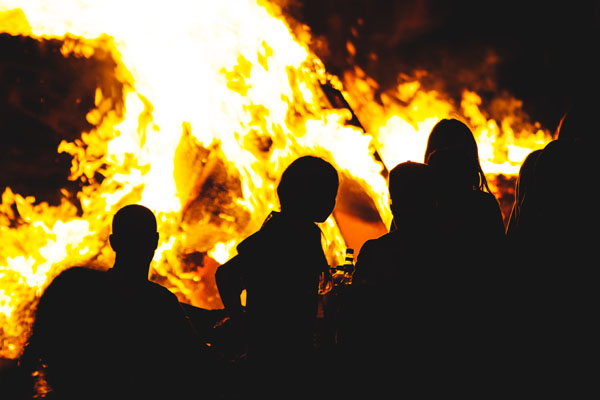As I landed in Northern Ireland rain was running across the plane’s windows and although the ground scape looked rather bleak, the old wooden out-buildings were a captivating aqua marine blue reminding me of the sea and home. Deplaning I noticed only a few passengers headed for the non-citizen custom’s line. Once there a serious young man who hardly looked at me asked a couple of questions about my entry card which had the civil address of where I’d be and my email addresses. He confirmed I was only staying for a week and stamped my passport. As I headed to the baggage pick up, my phone dinged. I checked it discovering that both emails had been hacked. I guess that is how non-citizens were welcomed to Northern Ireland. I wondered, were the Brits still worried about the Irish Republican Army (IRA) in 2008?

While researching women spies in 2004/5 I interviewed a number of women and men who worked in espionage in order to gain insight into this secretive profession. A retired attache in the Canadian military to the U.K., told me about a young woman he met at a secret service dinner party who was a British spy planted into the IRA in the 1970s. She was in her late 20s and wearing the Victoria Cross on her lapel. He was curious and asked about the prestigoius medal. She told him about volunteering for the army at 19 and being selected to train as an intelligence soldier, learning to speak with a Northern Irish accent, and how she was planted into an IRA circle at Belfast University. It helped her gain access to her target; the leader of the IRA. She faned interest in his ideology and participated in terrorist undertakings all the while gathering intelligence and passing it along to a cell specifically set up for her information. Her intellect, courage and determination made her a welcomed presence in the IRA and eventually the leader’s girlfriend. It was extremely dangerous work as there were were a number of murders carried out by both the Provisional IRA and the Loyalist gangs at the time. She stated that she was with him for two years all the while terrified of talking in her sleep with a British accent. Toward the end of her mission, the IRA leader knew there was a traitor in his small inner circle. She was extracted just in time.
I thought of this soldier’s story when walking about Belfast and feeling wary of the immense pyres being erected throughout the city for the following week, July’s Eleventh Night. The bonfire celebrations were for the British loyalists to commemorate the Protestant King William of Orange winning over Catholic King James II in 1690. Thousands of Orange/Protestant supporters would be parading in celebration of William’s victory on the anniversary of the battle on the 12th — even after centuries! These enormous pyres would be set on fire on the Eleventh Night and were a testament to the continuous community division. In fact, my friends, who lived along the traditional parade route were vacating their home for a couple days – taking the children elsewhere due to the possibility of violence. They mentioned that the parade route went through nationalist communities and sometimes rioting erupted and continued. At that point I understood about the inspection of my emails upon arrival. It reaffirmed that British spying was still alive and well on Northern Irish soil.

 2021 Davey Award
2021 Davey Award
Leave a Reply